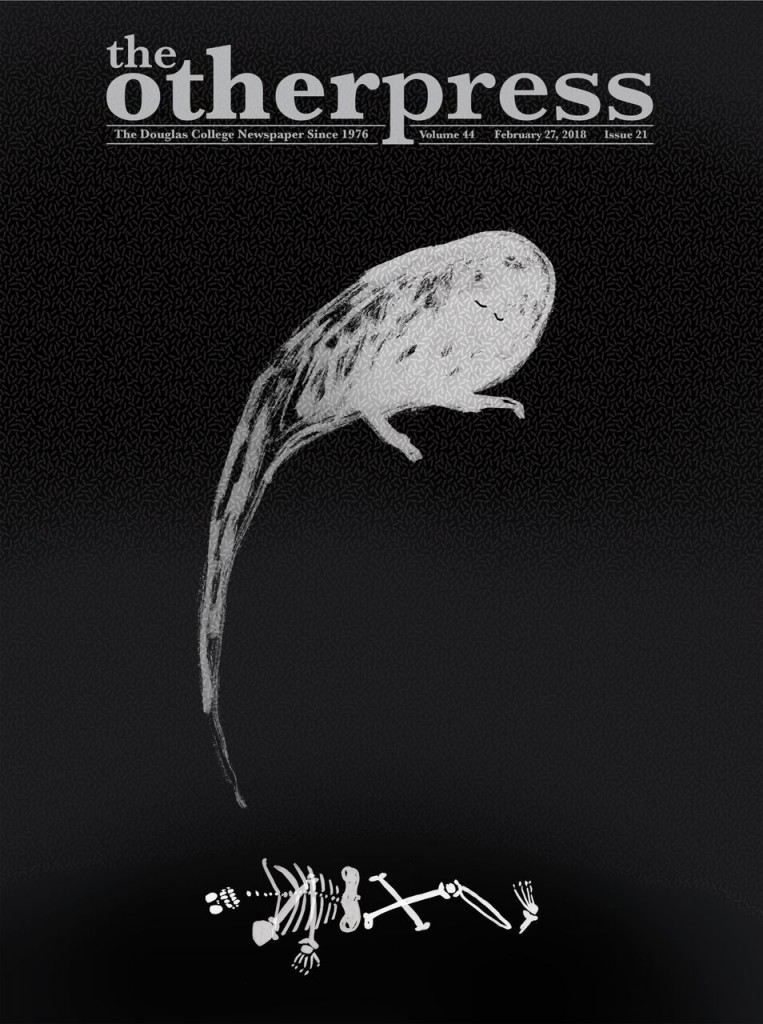Don’t be lazy; find time to rest
By Elliot Chan, Opinions Editor
The current state of naps
Siesta: the Spanish word for a rest or nap, normally taking place after lunch in the early afternoon.
The daily ritual travelled across the globe generations ago, and is practiced in most Latin countries, including Philippines, Ecuador, and other tropical and subtropical nations. Often attributed to the warm climate, countries that engage in siestas don’t have standard North American nine to five working hours, because it’s simply too hot.
In Spain, a normal working day starts at 9 a.m. and ends at 8 p.m. with a three-hour siesta period in between. During that time, shops and offices shut down—at least, that was the custom until 2008, when the country found itself in debt. Due to recession and an unstable economy, most Spaniards no longer partake in the routine nap, for fear of lost profit. So, like large families, maiden names, and circumcision, siestas are another dying tradition.
Meanwhile, the North American workaholic mentality is growing strong. Competition is stiff in every aspect of life. Students and employees alike are becoming sleep-deprived due to increasing workload, stress, and anxiety.
The 2013 Sleep in America Polls conducted by the National Sleep Foundation reported that 40 per cent of those polled have less than seven hours of sleep nightly, and those that get eight hours are severely dropping. With 30 per cent saying they have less sleep than needed, and five per cent saying they never have a good night’s sleep, it’s clear sleep-deprivation is becoming problematic, if not an epidemic. It’s not news that being well-rested is important, but how can we stop the habitual bitching and finally get some rest?
The benefits of naps
First and foremost, a quality nap doesn’t make up for an insufficient or poor night of sleep. At its best, napping can spark alertness, improve cognitive thinking, alter mood, and enhance performance.
As monophasic sleepers, humans have one period of wakefulness and one period of sleep during the course of a day, unlike the more than 85 per cent of mammals which are polyphasic sleepers and sleep for short intervals throughout the day.
Although a short nap can’t replace REM sleep, a study by NASA on tired military pilots and astronauts showed that a 40-minute nap can improve performance by 34 per cent and alertness by 100 per cent. Naps that are accompanied by dreams are often a sign of sleep-deprivation and over-exhaustion.
Napping is often associated with laziness, unhealthiness, and a lack of motivation, but this is not the case. Moderate napping will help both the inactive and the ambitious sustain mental and physical stamina. If napping is the only thing you accomplish today, consider it a little vacation, not an admission of defeat.
The art of napping
Sleep inertia is one of the main detriments of midday naps: coming out of a slumber at 5 p.m. feeling groggy and disoriented isn’t uncommon, and many who choose to nap over-indulge, leading to counterproductive results.
In a study conducted by the research journal Sleep, examiners tested different napping durations and concluded that the most beneficial length is 10 to 20 minutes. These catnaps can give a boost of energy and help with cognitive performance. However, studies have shown that an hour-long nap is more beneficial to cognitive memory—such as recalling facts, places, and faces—even though it might cause grogginess at first.
There are three main types of naps: planned naps, emergency naps, and habitual naps; from there they branch off into subcategories, catering to the sleeper’s needs.
Planned naps include power naps, catnaps, and caffeine naps, appealing to students or business professionals who just need a little pick-me-up during the latter part of the day. Also known as preparatory napping, planned naps are taken before the sleeper is even tired. This technique works best for those who know that they’ll be up later than usual. In addition, planned naps can relieve stress, relax and rejuvenate the body, and improve alertness.
Caffeine napping is a peculiar napping strategy that involves drinking coffee before lying down for a 10 to 20 minute nap. This method often requires proper timing to be effective—otherwise nappers will simply be lying in bed with an abnormal heart rate feeling restless.
Although all-nighters are unhealthy, sometimes they are unavoidable. Students who are planning on a long night should try grabbing some shut-eye in the middle of the day. Experts recommend a restorative nap between 90 and 180 minutes, which allows the sleeper’s brain to go through at least one sleep cycle. After cramming for an exam or finalizing a project, consider sandwiching the working hours with restorative naps, so the body and mind can recover.
Emergency naps are as important as they sound. These naps are taken when fatigue is inhibiting a person’s ability to participate in certain activities. Drivers and operators of heavy machinery should always be well-rested. A study by the Virginia Tech Transportation Institute indicates that fatigue causes 20 per cent of car crashes, while the National Highway Traffic Safety Administration reports an average of 1,550 reported fatalities and 71,000 injuries a year. Although there are no real methods of determining sleepiness as the main cause for accidents—drowsiness tends to be self-reported, unlike a Breathalyzer for driving under the influence—it’s clear that driving while fatigued is an issue. If you’re driving, pull over to the side, rest up, and hit the road at a later time.
Habitual naps are akin to siestas and are greatly beneficial to people of all ages. But there are certain habits nappers shouldn’t take up, and that is the “sleep until you wake” habit. Taking a nap when you are bored is not a healthy practice, even if you do it every day. Doing so may cause a lot of harm to a normal sleeping schedule, zap energy, and diminish mood.
There are no hard rules to napping. Every person’s sleep cycle is a bit different. By anticipating the scenario after waking up, though, each person can design a nap that will yield the most positive outcome.
Combatting the need to nap
According to the National Sleep Foundation, some estimates show that people sleep about 20 per cent less than they did a century ago. But napping isn’t essential; it’s a treat. Getting a standard eight hours is all it takes to fight the endless battle for quality sleep and the war against fatigue.
However, there are many factors hindering our rest in this modern age. In the 2011 Sleep in America Poll, 95 per cent of participants admitted to using some type of electronic device before sleeping. Staring at an artificial light—like computer screens, cellphones, and TVs—between dusk and bedtime suppresses the release of melatonin, a sleep-promoting hormone. Although a night light or computer screen might keep the bogeyman away, a dark room with fresh air is optimal for welcoming sleep.
Food with high calcium and protein will promote sleep better than high fat and sugar. Altogether, avoid large meals. A heavy meal will make you lethargic, but it won’t help you to doze off. Whole-grain bread, pastas, nuts, and seeds are the best options.
Napping, like sleep, is all about routine and timing. Tune into your body and identify those moments of tiredness. Incorporate naps no closer than five hours before your regular sleeping schedule. If you choose to nap, embrace it. Positive association with naps will make it easier to fall asleep and reenergize the spirit. Feeling guilty about napping will keep you awake and suck your morale dry. Set an alarm, make post-nap plans, or ask a friend to call or text you. Wake up, stretch, and allow your body and mind to reengage with the senses—smell, listen, hear, and see.
Siestas might be a fading cultural tradition, but napping isn’t going anywhere. As long as there are deadlines and commitments, there will be little certificates of comfort at the end of the grind. A desk, a couch, or a bed—just some place to kick up our heels, recharge, and wake up to our full potential.


